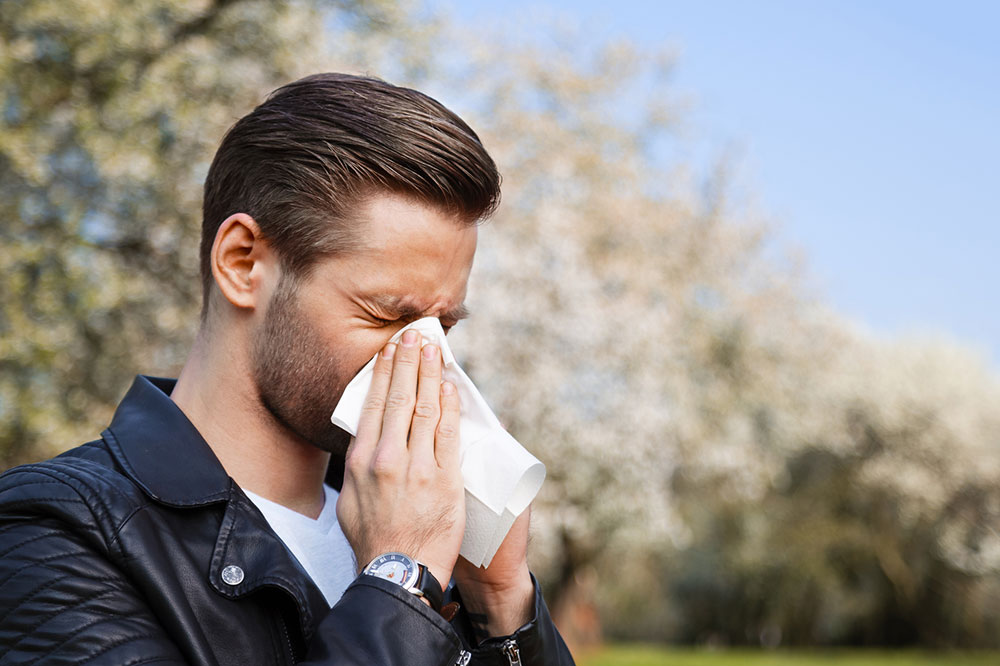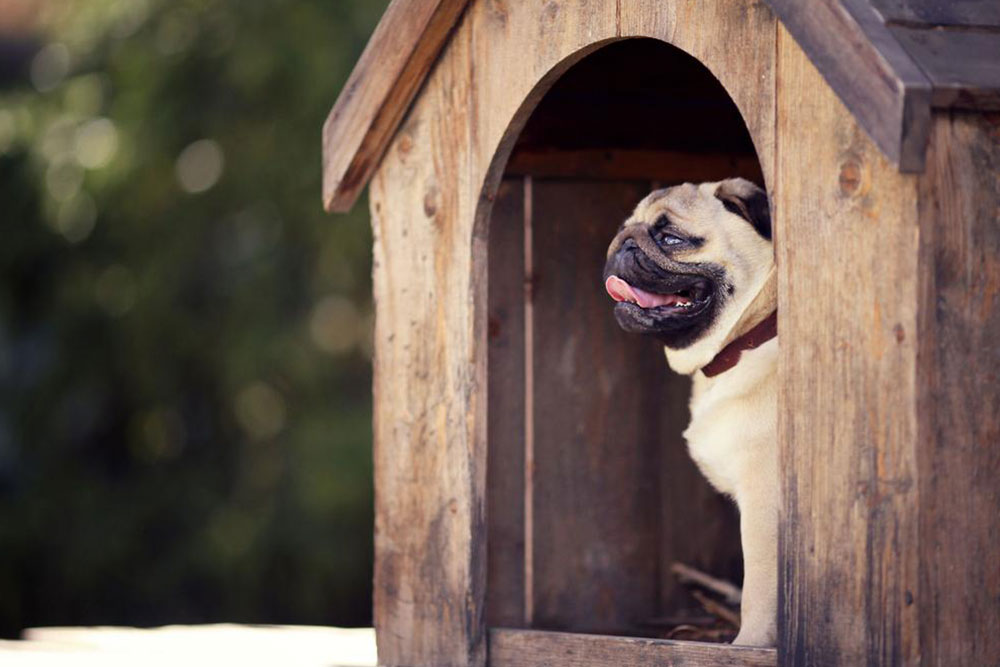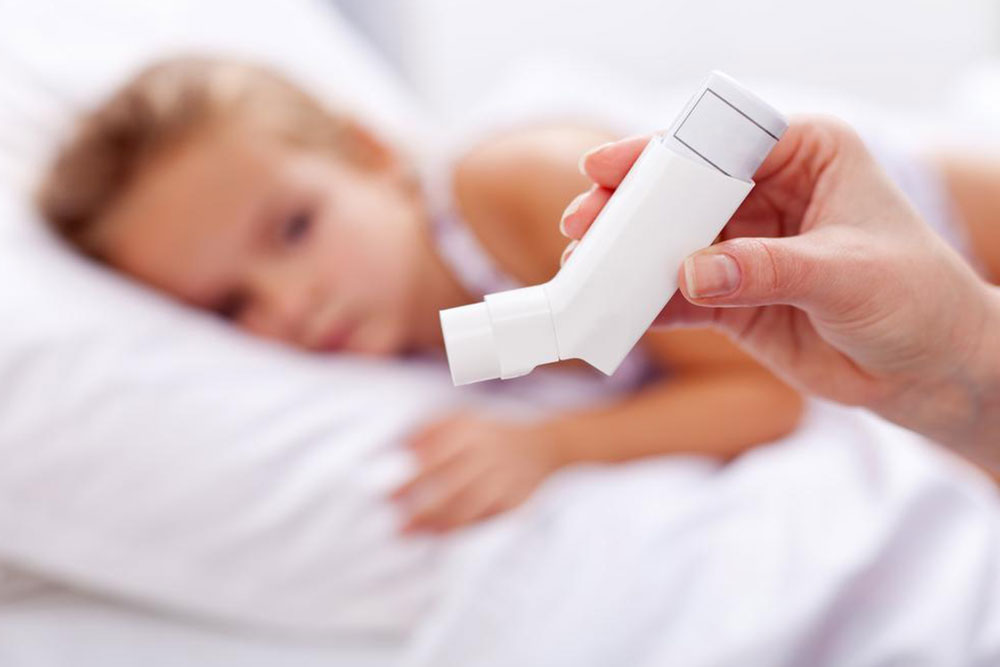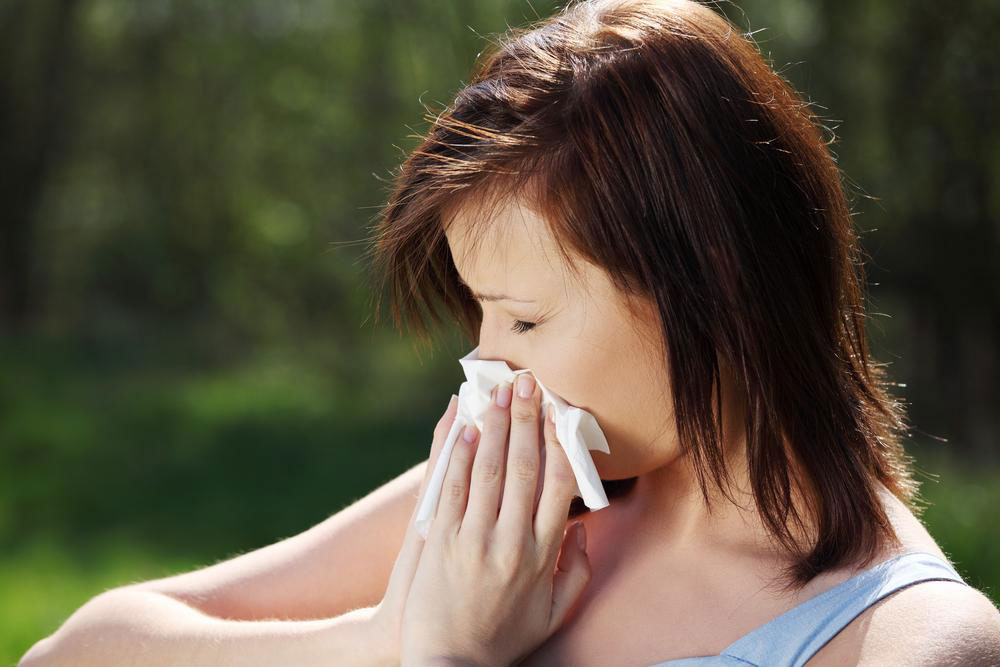Managing Canine Allergies: Symptoms and Effective Solutions
Discover effective ways to manage dog allergies without sacrificing the companionship of your furry friend. Learn about symptoms, prevention tips, and treatment options like allergy shots and antihistamines to improve your quality of life while keeping your dog close.

Managing Canine Allergies: Symptoms and Effective Solutions
Many Americans cherish their pets, with a significant percentage experiencing allergic reactions. It's challenging for pet lovers to give up their dogs, even when allergy symptoms arise. Fortunately, there are strategies to coexist comfortably with your four-legged friends despite allergies.
Dog allergies are primarily caused by dander, saliva, and urine, not hair as commonly believed. These allergens become airborne as dogs move and can permeate areas where the dog doesn't even go. Common signs include coughing, sneezing, itchy eyes, skin irritation, a runny nose, and wheezing. Managing these symptoms is possible with proper precautions and treatments.
Practical approaches to control dog allergy symptoms
Establish allergen-free zones within your home, especially in bedrooms, and equip these areas with HEPA filters to purify the air. Regularly bathe your dog—at least once weekly—to reduce dander and fur allergens by up to 80%. Before making assumptions about allergies, consult an allergist for testing to identify specific sensitivities. Avoid dusty furniture like carpets and rugs, which can trap allergens and complicate cleaning. Use antihistamines in tablet, spray, or inhaler form to ease immediate allergy symptoms. For long-term relief, allergy shots may be administered to desensitize your immune response, providing lasting comfort.
Note: Our platform aims to deliver helpful insights across various topics. The information shared should not replace professional medical advice. We disclaim responsibility for any discrepancies or unlisted treatments. Always consult healthcare professionals for personalized allergy management strategies.










